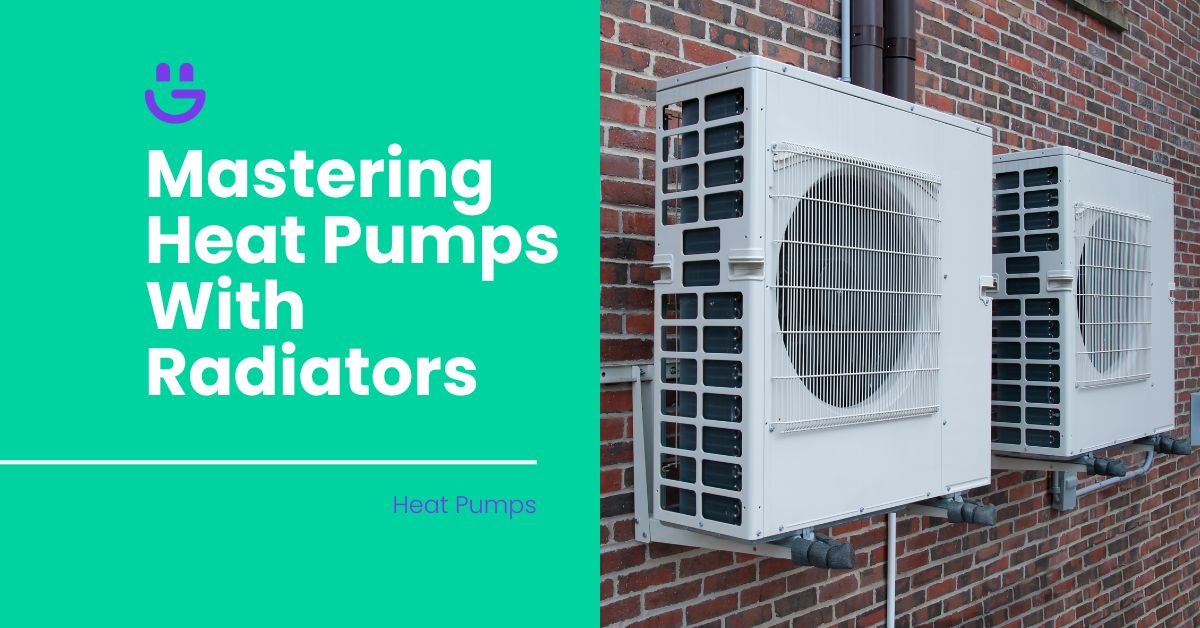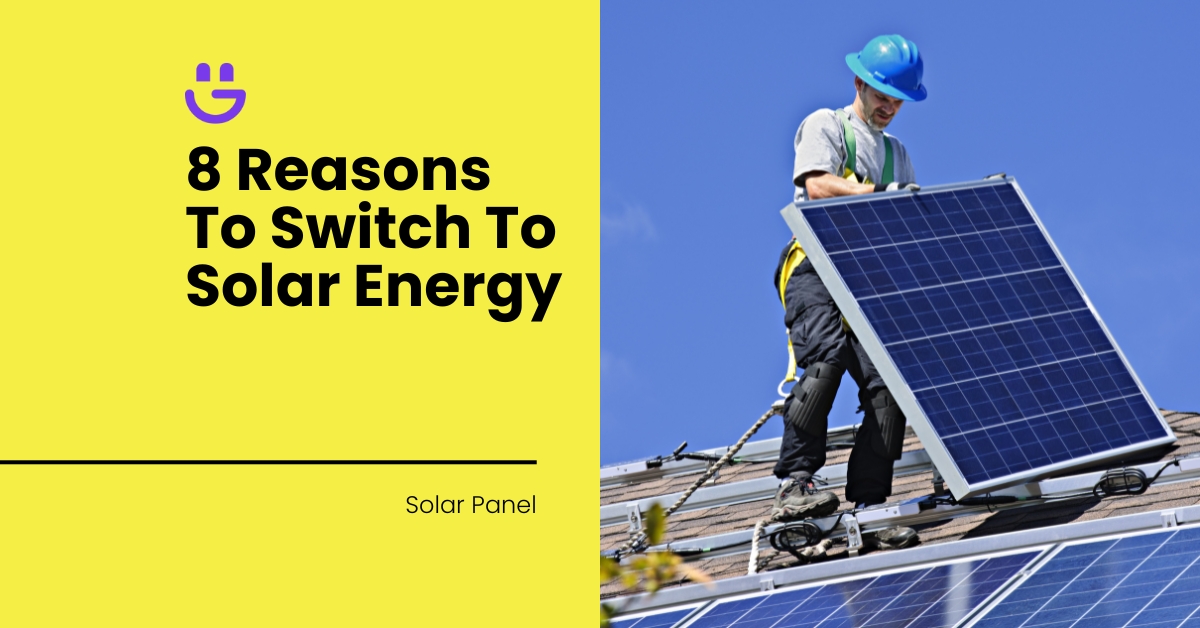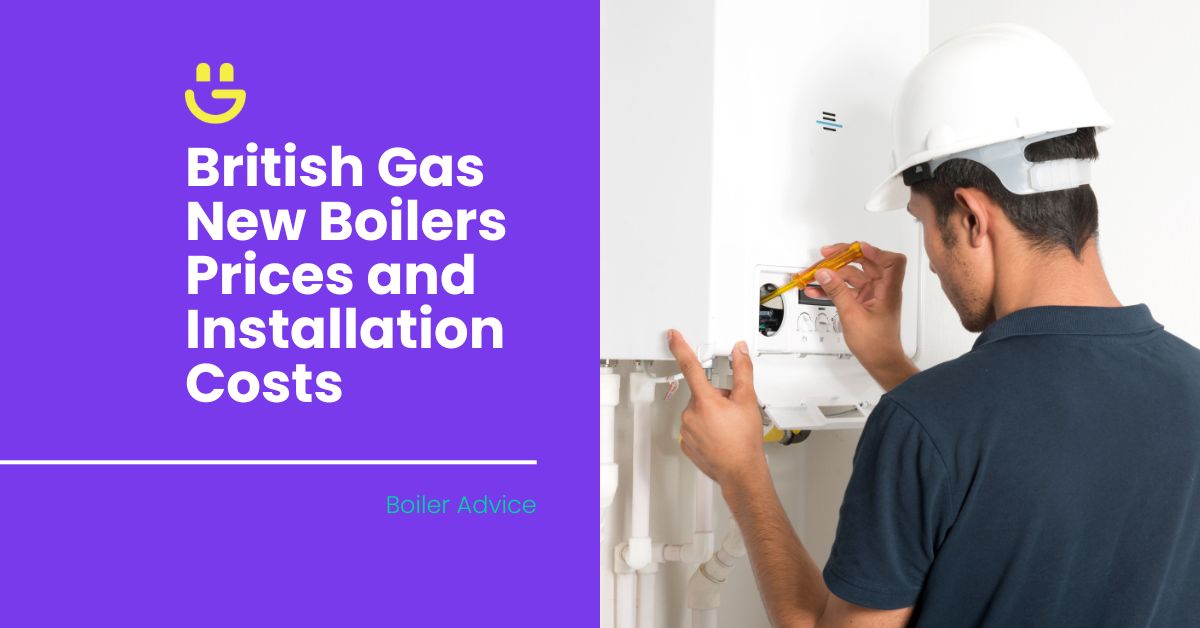Last Updated on November 14, 2025
At the forefront of sustainable solutions, we take a look at how air source heat pumps (ASHP) and ground source heat pumps (GSHP) work with radiators.
From radiator size requirements to optimising flow temperatures, this guide aims to provide you with insights to ensure your radiator and heat pump work as one. We’ll take a look at how to upgrade your existing radiator and explore hybrid solutions for your home while still being kind to the environment.
Join us as we explore the key aspects of what makes heat pumps compatible with radiators while ensuring a greener future for us all.
Contents
Understanding Heat Pumps
You have two options when it comes to a heat pump system: the air source heat pump and ground source heat pump.
- Air source heat pumps (ASHP): An air source pump uses the warmth of the air around your house to heat your home. It absorbs heat from the outside (yes, even when it is freezing) and transfers it indoors. Air source heat pumps are your home’s very own heat recycling system, providing warmth while still taking the environment into account.
- Ground Source Heat Pumps (GSHP): Ground source heat pumps make use of the Earth’s temperatures beneath the ground to heat your home. Water and antifreeze are used to circulate through a network of pipes buried in the ground. These pipes then extract the heat from the ground and transfer it inside your house.
These systems add to a more sustainable and greener future while keeping your home cosy and warm. Both air and ground source heat pumps use warmth that already exists in the environment, making them eco-friendly alternatives to your usual heating methods. These heat pumps contribute to a greener, more sustainable future, all while keeping your home cosy and warm.
How heat pumps work
A heat pump acts like a heat collector, bringing warmth from outside. It then brings the heat that it gathered inside your home.
It’s all about utilising the natural warmth in the environment and redistributing it to where you might need it most.
Government initiatives and environmental impact
The UK Government’s initiatives have underlined an effort towards a greener and more sustainable future for its citizens. Heat pumps play a pivotal role in the UK Government’s goal of reaching net zero by 2050.
Net zero means to achieve a balance between the amount of greenhouse gases put into the atmosphere and the amount removed from it.
As heating contributes to a significant portion of the UK’s carbon footprint, the widespread adoption of heat pumps is pivotal in achieving the goal of net zero by 2050.
How will this work? We’ve broken it down for you:
- The government’s initiative focuses on its pledge to drastically cut down on carbon emissions to support international efforts to reduce climate change. This strategy means there will be a gradual reduction in gas boilers in homes.
- The policy places a lot of weight on switching to renewable heating sources, with emphasis on the use of heat pumps instead of a gas boiler. By understanding how traditional heating techniques affect the environment, the government wants to use heat pumps to change how homes and businesses are heated.
- This strategy also aims to expand the heat pump business. The goal is to attain about 600,000 installations yearly by 2028, up from a baseline of 55,000 installations in 2021. The government’s trust in heat pumps as a tool for reaching its sustainability goals is shown by how rapidly these installations are expected to increase.
- The Clean Heat Market Mechanism (CHMM) is a UK initiative to reduce carbon emissions and enhance residential energy efficiency. The goal of the CHMM, which will go into effect in 2024, is to create a consistent structure that will provide the sector with clarity and promote investments in low-carbon systems like heat pumps.
- Gradually phasing out fossil fuel heating is a brave move. Starting with new builds in 2025, the government wants to ban the installation of natural gas boilers by the year 2035. This proactive approach highlights how urgent it is to abandon conventional heating solutions such as gas boilers.
Compatibility Of Heat Pumps With Radiators
Understanding just how compatible a heat pump and radiator are involves understanding the process of converting cold air into a warm fluid and distributing it through radiators. Whether it is an air or ground source heat pump, this process will deliver efficient warmth to homes and businesses alike.
Let’s break down the process:
- Absorbing heat: A heat pump functions by tapping into the natural warmth that is already in the air or in the ground. Air source heat pumps draw heat from the outside air, while ground source pumps extract it from the earth.
- Transferring heat: The captured heat is changed into a usable form, usually through a refrigerant fluid. The refrigerant fluid circulates through the system, carrying the attained heat around with it.
- Distributing heat: The heated fluid interacts with a heat exchanger inside the heat pump. This is where the heat is distributed either through your radiators, air ducts, or underfloor heating system, depending on what setup you have in your home. The result? A warm home, courtesy of an eco-friendly source of heat.
Types of radiators compatible
When it comes to pairing ground or air source heat pumps with a radiator, understanding the compatibility also involves the types of radiators that you have. Cast iron or steel panel radiators and aluminium radiators are both excellent options when you have a heat pump.
Radiators used with heat pumps need to be 2.5 times bigger than those in traditional gas-based central heating systems. Why, you might ask? The larger radiator ensures that it’s compatible with the flow temperature of heat pumps.
Optimal flow temperatures are needed for heat pump installations and can only be achieved by having a bigger radiator. Making sure that your radiators are suited to low-flow temperatures is an important factor in how effective your heat pump system runs.
Cast Iron/Steel Panel Radiators
- Cast iron and steel panel radiators have very impressive heat retention capabilities. Once they are warm, they continue emanating heat at a stable rate, ensuring your temperature doesn’t fluctuate or drop.
- They don’t just offer functionality, these radiators often have very classic designs, making your interior look timeless.
Aluminium Radiators
- Aluminium radiators are known for their quick heat distribution. They are great conductors and distributors of heat, ensuring your space warms up very fast after the heat pump kicks in.
- Aluminium radiators contribute to a very contemporary and state-of-the-art aesthetic. They come in various styles, which can align with different interior designs.
Radiator Considerations For Heat Pumps
When you look at radiators for heat pumps, it’s important to note that larger radiators will work better with heat pump systems. Heat pumps work at much lower temperatures, typically between 35 and 45 degrees, compared to traditional gas boilers. The lower your temperatures are, the larger your radiator needs to be to achieve the best results.
Choosing the correct size for your radiator is vital to make sure the heat pump provides effective heating or cooling for your home. Larger radiators allow for the heat to be transferred optimally, contributing to how effectively the heat pump systems work. Essentially, a larger radiator means a larger surface area to emit more heat.
Upgrading existing radiators
Before upgrading your radiator, here are some key notes to consider:
- Make sure your radiator is compatible with modern heat pump systems.
- Because your heat pump operates at a lower temperature range, make sure the radiator you choose can accommodate this range.
- Heat pump radiators should be about 2.5 times larger than traditional ones for the best performance.
- Choose radiators that have a higher warmth conductivity, such as Zintec Steel, for optimal heat transfer.
- For lower water temperatures, consider fan-assisted models for your radiator. These models have a special design that uses low water content and small fans to generate more airflow around the heat exchanger. It can generate up to three times more heat than a generator of its size.
- Use LST (Low Surface Temperature) radiators for public areas, ensuring effective heat output with little water usage and lower temperatures.
- Consult experts in the industry for advice on radiator sizes based on specific heat pump systems and how much space you’ll need for both of them.
Hybrid heating solutions
A hybrid blend of radiators and underfloor heating might be a good idea. A hybrid approach can offer a flexible heating solution as it can cater to different spaces within your home. Basically, it’s like having the best of both worlds.
While this option is quite efficient, there might be slight delays that occur when transitioning between the radiator’s quick response, and the gradual warmth of underfloor heating.
Here’s some advice before deciding if you want to merge underfloor heating with your radiator:
- Get someone to professionally assess your home’s insulation, layout, and heating requirements. A professional will be able to guide you in deciding on the best placement of radiators and underfloor heating.
- You might want to give smart heating controls a go. This might help with the potential heating delay of underfloor heating, as modern thermostats can be programmed to control different heating zones.
- Find areas in your home where a quick heat response is needed and install radiators in those places. In areas where you need more consistent heat, underfloor heating might be the solution.
Some of the benefits of this method include the versatility to tailor heating methods to specific zones. It is also quite energy-efficient as underfloor heating is sustained and provides optimal energy use. Radiators can also contribute to the overall aesthetic and design of your home when placed strategically.
FAQs
How often do I need to service my heat pump?
It is advised to service your heat pump once a year to ensure that it doesn’t pick up any problems that affect its efficiency.
How long will my heat pump last before I have to replace it?
Heat pumps can usually last for up to 15 years if maintained and serviced regularly. If it’s not looked after and maintained, the lifespan of a heat pump can last less than a decade.
Conclusion
At the end of the day, it is not just about replacing the old with the new; it’s about finding a more sustainable way of keeping warm. Making sure your radiator and heat pump system are a match is not just a technicality; it’s a recipe for lower energy bills, a warmer home, and being friendly to the environment.
Request a free air source heat pump quote from Eco Happy today.






Tom Allen
Solar Expert